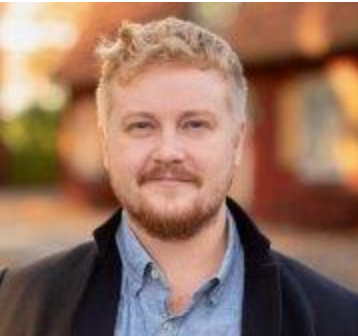Video
Non-Stimulant Therapy for ADHD
Author(s):
Transcript: Theresa Cerulli, MD: What are some of our pharmacological treatment options? Andy, I think you’re doing a paper on the nonstimulants for ADHD [attention deficit hyperactivity disorder] if I remember correctly.
Andrew J. Cutler, MD: That’s right. I’m working on a paper summarizing the currently available nonstimulants as well as some in development, and we’ll talk about that later. But as far as currently available nonstimulants, we have only 3 that are FDA approved. Of those, there is only 1 approved for both children and adults, and that’s atomoxetine. Atomoxetine is a norepinephrine reuptake inhibitor. As I’ve already said, it is effective for children and adults.
We also have 2 drugs that are considered alpha-2 agonists. They work by binding to specific norepinephrine and noradrenergic receptors. These are extended-release versions. We have guanfacine [Intuniv], and we have clonidine [Kapvay]. Both of these options are approved only for children and adolescents. But they are approved as monotherapy or to be given in combination with stimulants, which is where I find I get the best results, for a variety of reasons.
Now, there are some treatments that are used off-label. We have antidepressants, such as bupropion. We use SNRIs [selective norepinephrine reuptake inhibitors]. Older tricyclic antidepressants, especially desipramine, also get used. Of course, there are limitations there with efficacy and tolerability.
Even with the 3 FDA-approved treatments, we’ve got issues with inadequate or inconsistent efficacy. Their efficacy is not as strong as the stimulants, and there are some safety and tolerability issues.
A final group of medicines that are used are the wakefulness-promoting agents modafinil or armodafinil. Again, they’re not FDA approved, but there is some evidence that they can be helpful for certain patients. Therefore, they sometimes work their way into our algorithm.
Transcript Edited for Clarity





